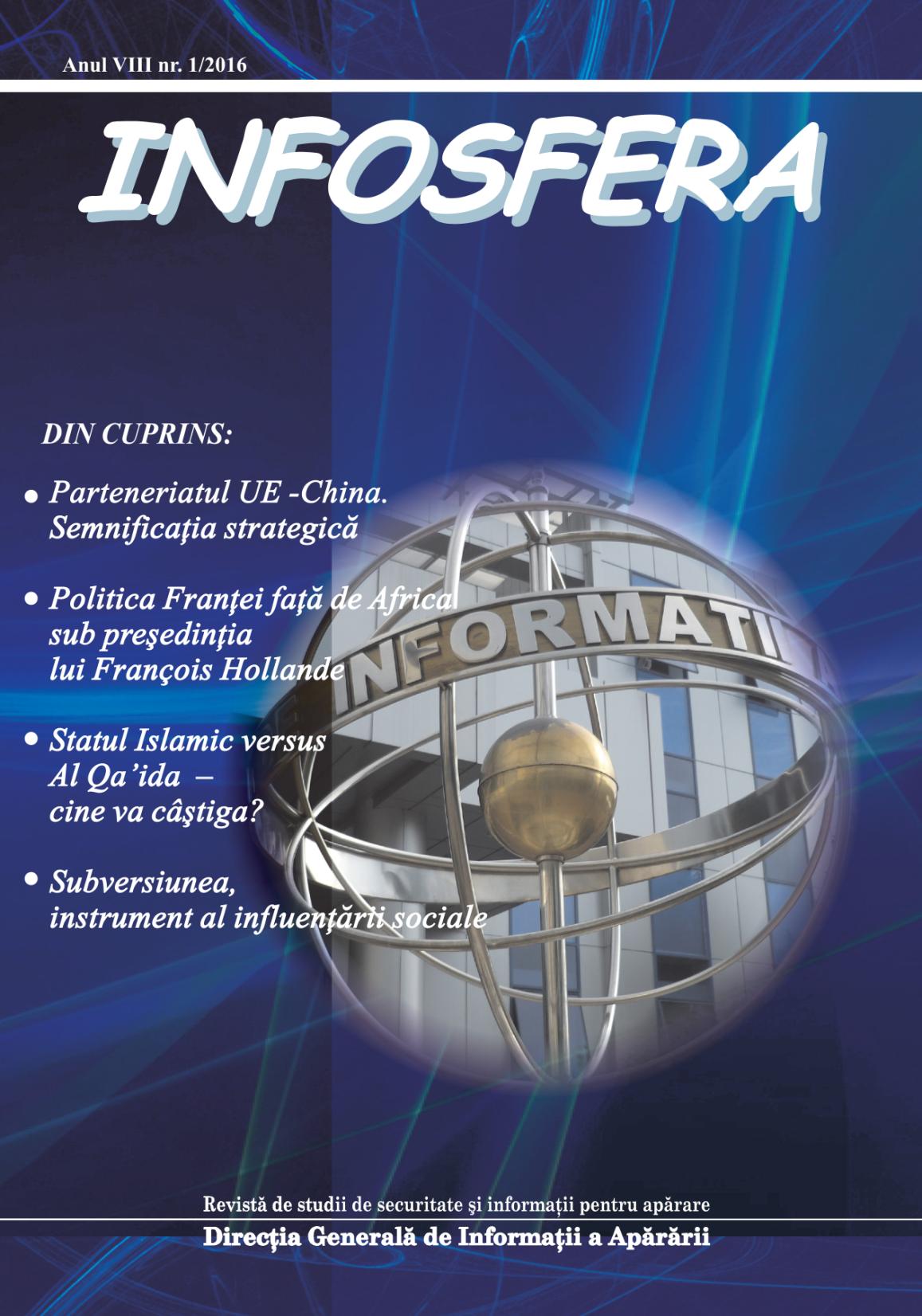Conştientizarea – componentă superioară a gândirii analitice
Awareness - The Upper Level of Analytical Thinking
Author(s): Raluca-Mihaela StănescuSubject(s): International relations/trade, Security and defense, Military policy
Published by: INFOSFERA - Revista de studii de securitate si Informații pentru Apărare
Keywords: analysis; intelligence; sensemaking
Summary/Abstract: Today’s transnational threats confront analysts with something more than mysteries. This type of issues could be called shapeless mysteries and “complexities” and are sometimes mentioned as “wicked problems” or simply “messes”. They come without history or shape. Therefore, relatively small actors are to respond to a shifting set of situational factors. Compared to enigmas, they do not necessarily repeat in any established pattern and are not amenable to predictive analysis. Those characteristics describe many transnational targets, like terrorists – small groups forming and reforming, seeking to find vulnerabilities, thus adapting constantly and interacting in ways that may be new. For complexities, the challenge is to employ sensemaking1. Exactly how to accomplish and apply sensemaking is still unknown and mostly relies on each analyst. Sensemaking departs from the postwar tradition of Sherman Kent, in which analysis meant “the process of separating something into its constituent elements”. Sensemaking also blurs the bright line between intelligence and policy, for, ideally, the two would try to make sense together, sometimes disaggregating events, sometimes aggregating multiple perspectives, always entertaining new hypotheses, all against the recognition that dramatic failure or success might occur at any moment.
Journal: INFOSFERA - Revista de studii de securitate si Informații pentru Apărare
- Issue Year: VIII/2016
- Issue No: 1
- Page Range: 94-103
- Page Count: 10
- Language: Romanian

